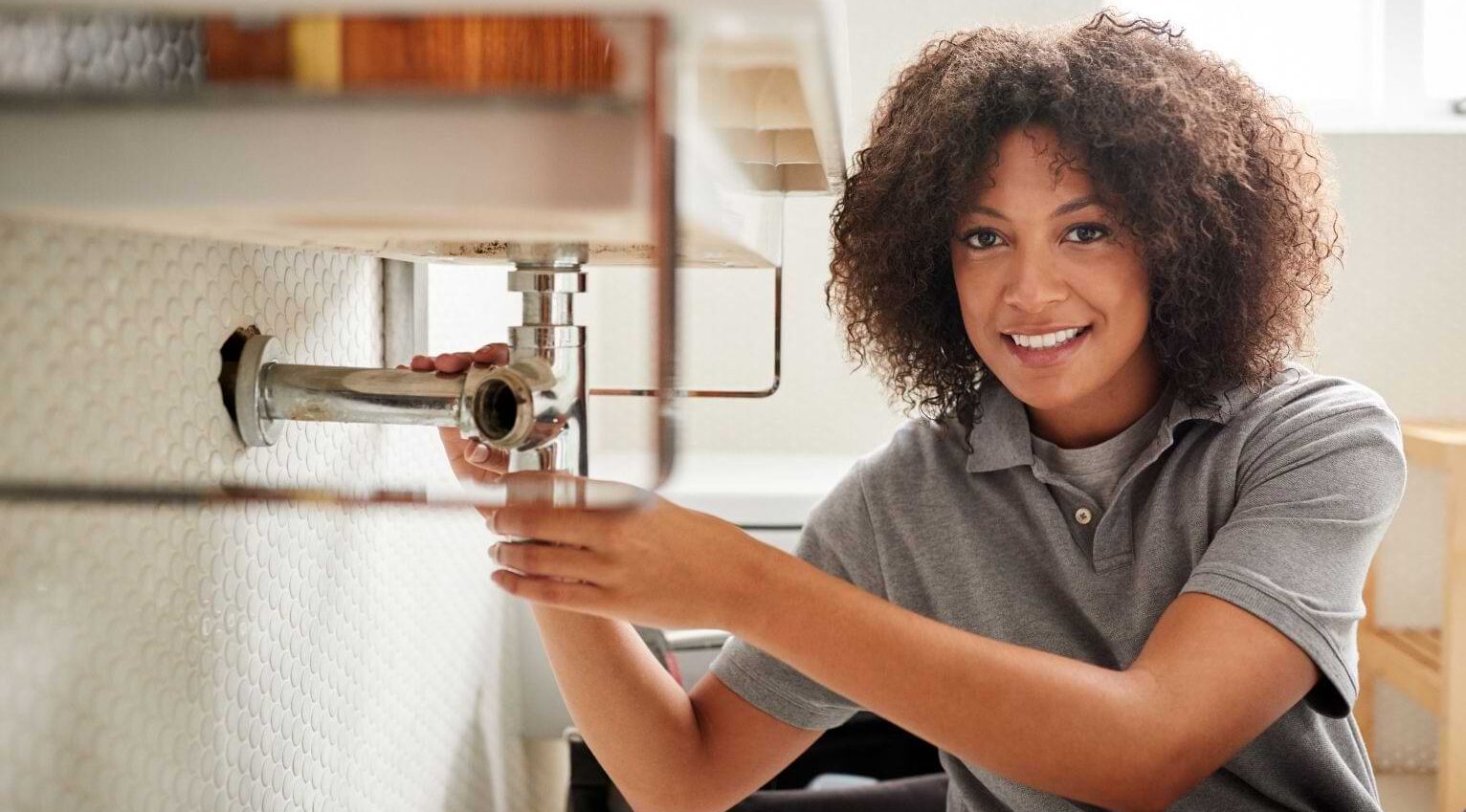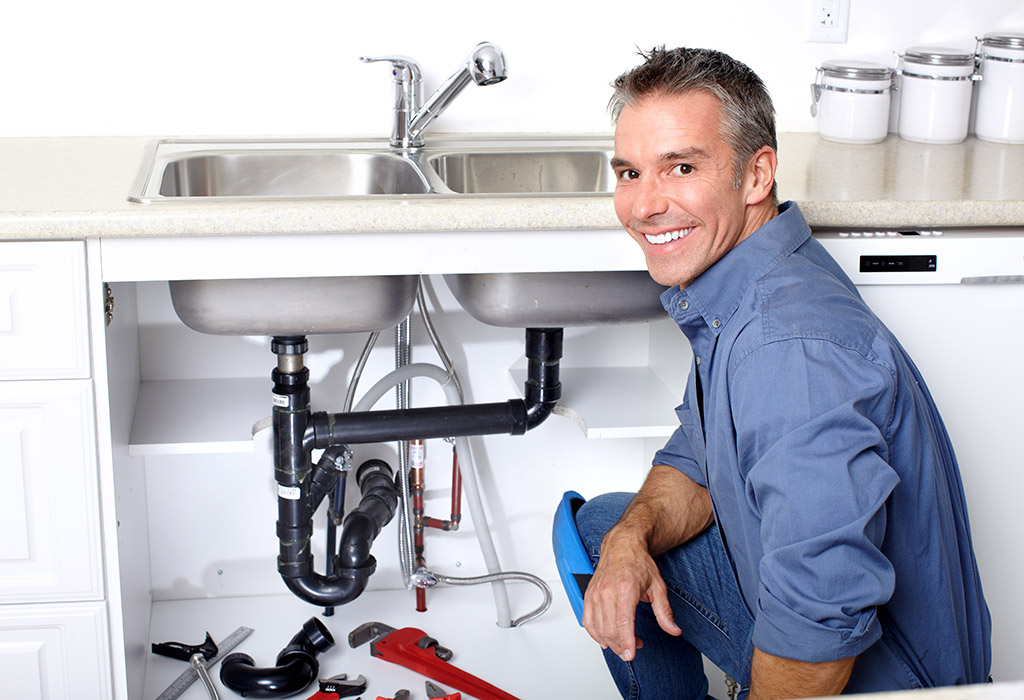Professional Water Heater Installation Alabaster AL You Can Count On
Professional Water Heater Installation Alabaster AL You Can Count On
Blog Article
A Detailed Guide to Effective Water Heating Unit Setup for Optimum Efficiency
Getting started on the task of setting up a water heating system is an endeavor that requires accuracy and a systematic method for achieving ideal efficiency. As you proceed, the details of connecting water supply lines and establishing up trustworthy electric or gas links await, appealing insights right into making sure performance and dependability.
Selecting the Right Water Heating System

Next, think about the size and ability of the water heating system. It's essential to assess your home's warm water requirements, which can vary based on the variety of passengers and their use patterns. An unit that's as well little might result in inadequate warm water, while a large version might lead to unnecessary power consumption.
Efficiency scores additionally play a critical role in option. Try to find water heaters with high Energy Aspect (EF) rankings, showing exceptional efficiency and decreased power usage. Tankless models, though normally more pricey ahead of time, deal considerable power cost savings with time due to their on-demand heating abilities.
Preparing the Installment Area
Before mounting a new water heating unit, meticulous prep work of the installation area is vital. It's essential to gauge the area carefully to suit the water heating system's dimensions, making certain sufficient clearance around the system for effective procedure and maintenance.
Next, get rid of any type of particles, dirt, or blockages from the website to produce a tidy atmosphere. Check the floor for stability, as the water heating unit will require a solid, degree surface to run effectively. If required, mount a drip pan beneath the system to capture prospective leakages or spills, preventing water damages to the surrounding location. In areas vulnerable to seismic task, consider mounting seismic straps to safeguard the heating unit firmly in position.
Furthermore, ensure that all required devices and materials get on hand prior to beginning the installment. This consists of products such as wrenches, screwdrivers, a level, and any extra equipment required for protecting the heater and placing. A well-prepared setup area establishes the foundation for a successful water heater configuration, maximizing efficiency and safety.
Connecting Water Lines
When connecting water lines to your freshly installed water heater, it is critical to ensure that all links are secure and leak-free to maintain efficient procedure and stop water damage. Begin by identifying the cool and warm water lines. The chilly water inlet is normally marked with a blue label or a "C", while the hot water electrical outlet is noted with a red tag or an "H".
Usage flexible water heating system adapters to assist in a less complicated setup procedure. Before connecting the adapters, position a plumbing's tape around the threaded ends of the water heating unit's inlet and electrical outlet pipelines.
Once connections remain in place, slowly switch on the primary water shutoff. Check each link for leaks by aesthetically checking and feeling for wetness. Tighten links as required, and make certain the stress safety valve is appropriately mounted, securing against excessive stress build-up.
Establishing Up Electric or Gas Links
Appropriately establishing up the electrical or gas connections for your water heater is an important step to pop over to this site make sure effective and risk-free operation. For electric water heaters, begin by confirming that the electrical circuit is suitable with the heating system's voltage and amperage demands.
For gas water heating units, security is critical. Link the gas line to the water heating unit using a versatile gas port, guaranteeing it is effectively threaded and sealed with pipeline joint substance or Teflon tape appropriate for gas links.
When connections are made, examine for any prospective leaks. For gas lines, use a soapy water remedy to the joints; bubbles suggest a leakage. For electrical links, verify that all circuitry is safe and properly protected, maintaining conformity with neighborhood electrical codes.
Changing and checking for Performance
With the electric and gas links securely in position, the next step is reviewing the functional effectiveness of your hot water heater. Begin by very carefully transforming on the water system and making sure there are no leakages at any one of the joints or shutoffs. Once verified, continue to load the storage tank, paying interest to the stress and temperature settings. It is recommended to set the thermostat to an advised temperature level of around 120 ° F(49 ° C) to stabilize power effectiveness and convenience.
Next, do a complete inspection to guarantee the home heating elements or burner are functioning properly. For electric heating units, use a multimeter to confirm if the aspects are drawing the suitable existing. In gas designs, observe the burner flame; it must be blue and consistent, indicating reliable burning.
Readjust the settings as required to get rid of inefficiencies. Take into consideration implementing insulation actions, such as including a water heating system covering, to additionally improve efficiency by reducing heat loss. Additionally, examine the anode rod's condition, as a worn-out pole can decrease efficiency and bring about storage tank deterioration.
Conclusion
Effective hot water heater installment is critical for guaranteeing ideal performance and energy cost savings. By picking the proper type and dimension, and diligently preparing the installment location, a foundation for success is established. Firmly connecting water lines and meticulously establishing up electric or gas connections reduce potential concerns. Thorough screening for leaks and accurate thermostat adjustments to 120 ° F boost reliability and performance. Following these steps promotes lasting performance and energy preservation in residential water heating unit.

Appropriately setting up the electrical or gas links for your water heating system is a crucial step to make sure reliable and safe operation. over here For electrical water heating systems, begin by validating that the electric circuit is compatible with the heater's voltage and amperage demands. Attach the gas line to the water heating unit using a versatile gas port, guaranteeing it is properly threaded and secured with pipe joint substance or Teflon tape suitable for gas links.
Report this page